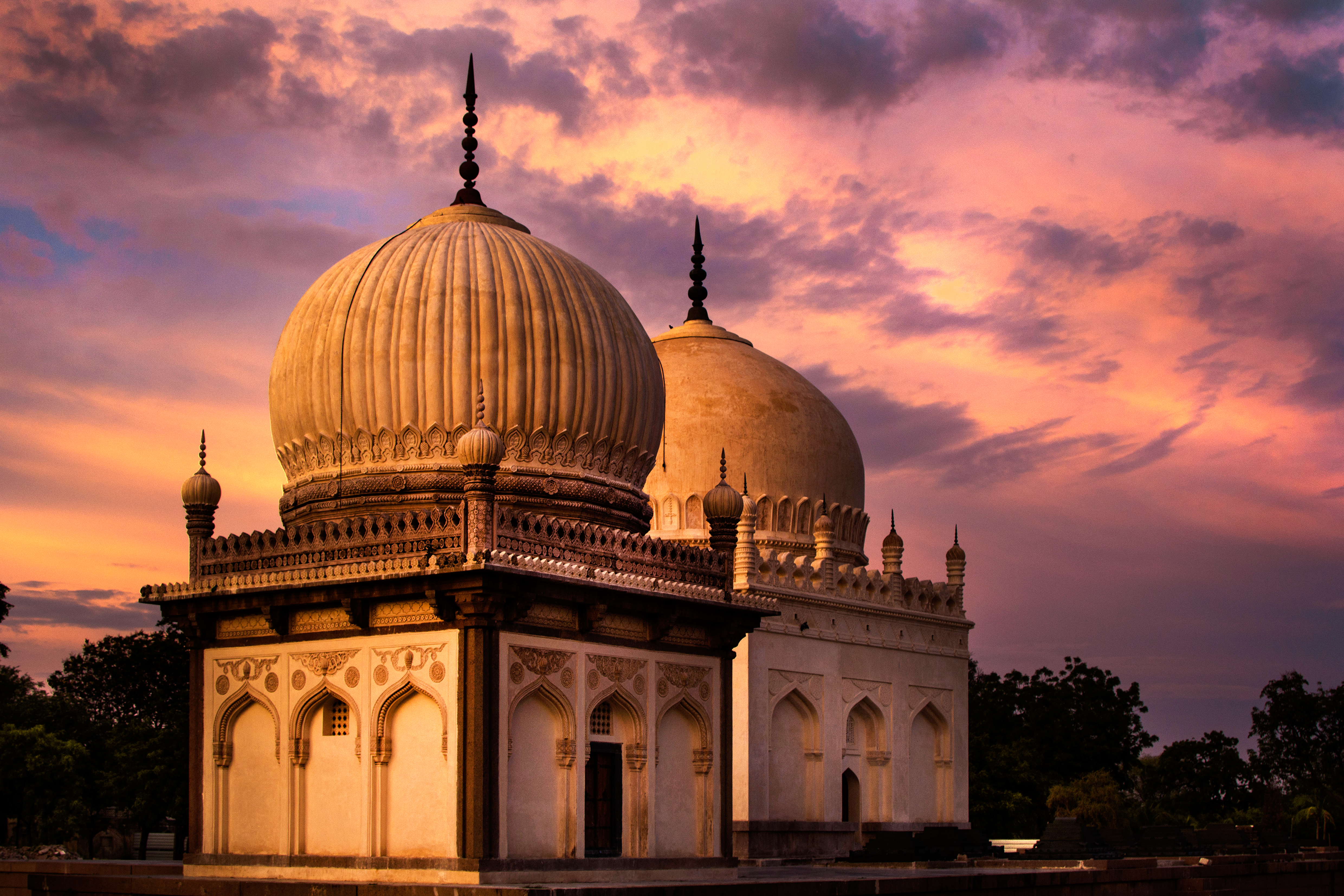The Salar Jung Museum stands as a testament to the extraordinary collecting passion of Nawab Mir Yousuf Ali Khan, better known as Salar Jung III. Located in Hyderabad, this remarkable institution represents more than just a museum—it is a profound narrative of cultural preservation and artistic appreciation spanning diverse global civilizations.
Established through an act of remarkable generosity, the museum originated from Salar Jung III's lifelong commitment to acquiring artistic treasures from across the world. His collection, amassed over thirty-five years, included sculptures, paintings, manuscripts, ceramics, and artifacts representing cultures from Japan to North America. When he passed away in 1949, his family made the unprecedented decision to gift this enormous collection to the nation.
Inaugurated by Jawaharlal Nehru on December 16, 1951, the museum quickly became a symbol of India's rich cultural heritage. Its current location at Dar-ul-Shifa, a semicircular building with 38 galleries spread across two floors, represents a modernist approach to displaying historical artifacts. The architectural design itself was selected through a competitive process, reflecting the museum's commitment to both preservation and contemporary presentation.
The museum's collection is breathtaking in its diversity and depth. From jade daggers crafted for Mughal emperors to ivory carvings gifted by European royalty, each artifact tells a complex story of cultural exchange and artistic mastery. Notable pieces include the famous "Veiled Rebecca" statue and a mesmerizing musical clock from England that strikes a gong every hour, captivating visitors with its intricate mechanical design.
Beyond its visual splendor, the Salar Jung Museum serves as a critical research institution. Its rare manuscript division houses over 9,000 manuscripts and 60,000 printed books, including documents bearing the seals of legendary emperors like Akbar and Aurangzeb. This collection represents not just a compilation of objects, but a nuanced understanding of literary and cultural evolution.
Officially recognized as an institution of national importance through a parliamentary act in 1961, the museum is administered by an autonomous board of trustees. The Governor of Telangana serves as its chairperson, ensuring that this cultural treasure remains a vital part of India's national narrative. Despite challenges during its relocation—with some believing only half the original collection remains—the museum continues to be a beacon of cultural preservation.
The museum's significance extends beyond its physical collection. It represents a bridge between historical artistic traditions and contemporary cultural understanding. By displaying works from multiple civilizations, it offers visitors a unique perspective on human creativity, demonstrating how art transcends geographical and temporal boundaries.
In recent years, the Salar Jung Museum has continued to evolve, focusing on conservation, restoration, and creating engaging exhibits that connect with modern audiences. Its commitment to preserving and presenting cultural artifacts ensures that future generations can appreciate the rich tapestry of human artistic expression that Salar Jung III so passionately collected.









